DTF Transfer: Comprehensive Guide to Fabric Printing Compatibility and Future Trends
Direct-to-fabric (DTF) transfer technology revolutionizes fabric printing by enabling vibrant, long-…….
In the ever-evolving world of materials science and textile manufacturing, the integration of digital technologies has opened new avenues for creative expression and production efficiency. One such innovative process gaining traction is Direct to Fabric (DTF) printing, particularly its application on polyester fabrics. This article delves into the feasibility and advantages of using DTF transfers on polyester, exploring its technical aspects, global impact, economic implications, and future potential. By examining these facets, we aim to provide a comprehensive understanding of this technology’s role in shaping the textile industry.
Direct to Fabric (DTF) Printing: A cutting-edge digital printing technique, DTF allows for direct application of designs or patterns onto various materials, including fabrics. It eliminates the need for traditional screen printing methods, offering a more versatile and cost-effective solution. The process involves transferring ink from a digital source directly onto the fabric surface using specialized equipment.
Polyester Fabric: Polyester is a synthetic fiber known for its durability, wrinkle resistance, and excellent dimensional stability. It has become a staple in various textile applications due to its versatility and affordability. When considering DTF transfers on polyester, the focus is on utilizing this technology to enhance the fabric’s aesthetic appeal and functionality.
Significance: The combination of DTF printing and polyester offers a unique blend of benefits. Polyester provides a stable base for intricate designs, while DTF transfers enable high-resolution, full-color imaging directly onto the fabric. This fusion has significant implications for industries ranging from apparel to home textiles, allowing for customized, on-demand production with minimal waste.
The adoption of DTF transfers on polyester is not limited to a single region; it has garnered global attention and interest. Here’s an overview:
| Region | Trends & Influence | Key Players |
|---|---|---|
| North America | Strong demand from the apparel industry for fast fashion and personalized products. Companies like Printful and Spool are pioneers in this field. | Printful, Spool, Custom Ink |
| Europe | Growing interest in sustainable textiles, with DTF printing offering a more eco-friendly approach compared to traditional methods. | Stencel, Print2Wear (Germany) |
| Asia Pacific | China and India lead in polyester fabric production, providing a vast market for DTF transfers. The region’s thriving textile industries drive innovation. | Alibaba (AliExpress), Inditex (Zara) |
| Latin America | Emerging as a hub for textile startups, with DTF printing attracting investment from tech-savvy entrepreneurs. | local startup incubators, fashion tech conferences |
These trends highlight the global nature of this technology’s impact, with each region contributing unique perspectives and opportunities.
The realm of DTF printing has witnessed several technological breakthroughs that have enhanced its capabilities:
DTF transfers allow for intricate, high-resolution designs, bringing artistic visions to life on polyester fabrics. From fashion apparel to home decor items, the possibilities for creative expression are vast.
One of the most significant advantages is the ability to offer customized products at competitive prices. Customers can design their own garments or accessories, making each piece unique. This level of personalization appeals to modern consumers’ desires for individuality.
Polyester’s inherent durability is enhanced by DTF printing. The direct application of ink ensures a strong bond with the fabric fibers, resulting in long-lasting prints that withstand frequent washing and wear.
For small batch productions or one-off designs, DTF transfers offer cost savings over traditional screen printing methods. There is no need for complex setup processes, making it an attractive option for startups and small businesses.
While the prospects of DTF transfers on polyester are promising, several challenges must be addressed:
The future of DTF transfers on polyester looks promising, with several potential avenues for growth:
Can DTF transfers be used on polyester? The answer is an emphatic yes, with numerous advantages and opportunities for both manufacturers and consumers. This technology represents a significant shift towards digital, on-demand manufacturing, offering unparalleled customization and efficiency. While challenges remain, continuous technological advancements and industry collaborations will shape the future of DTF printing on polyester, making it an integral part of the global textile landscape.
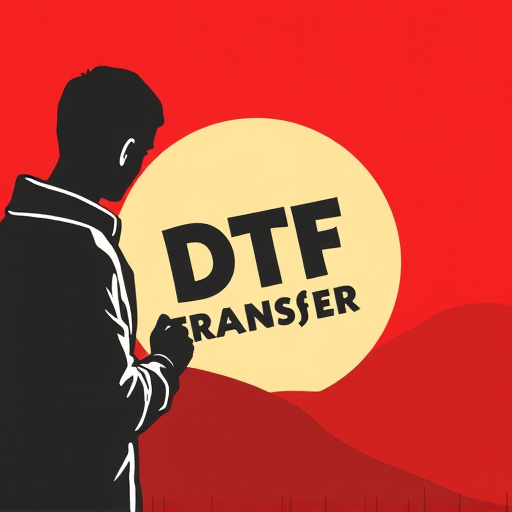
Direct-to-fabric (DTF) transfer technology revolutionizes fabric printing by enabling vibrant, long-…….
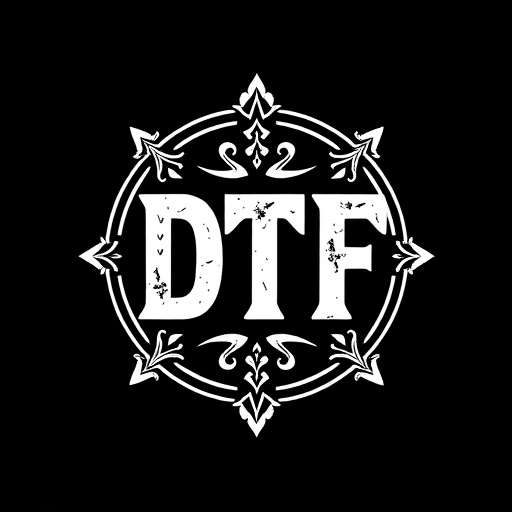
Direct to Fabric (DTF) printing is a versatile and efficient method for applying designs onto synthe…….
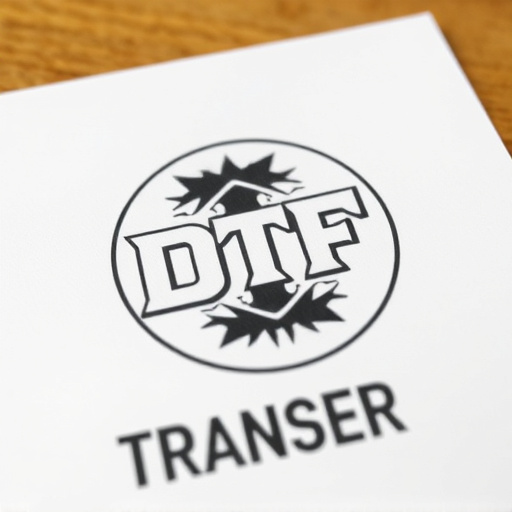
Direct-to-fabric (DTF) transfer printing is a cutting-edge technology for synthetic fabric applicati…….
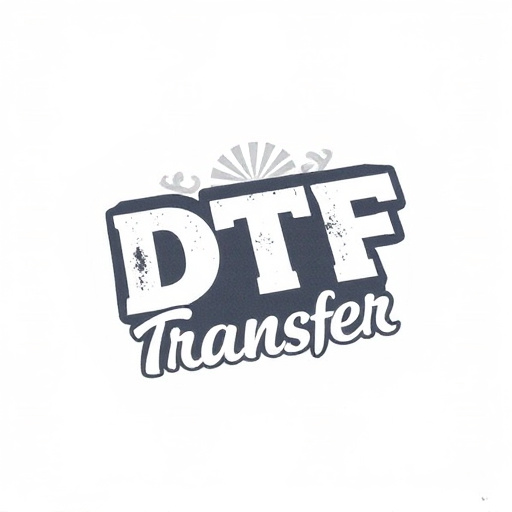
DTF Printing is transforming the textile industry by directly printing onto synthetic fabrics, offer…….
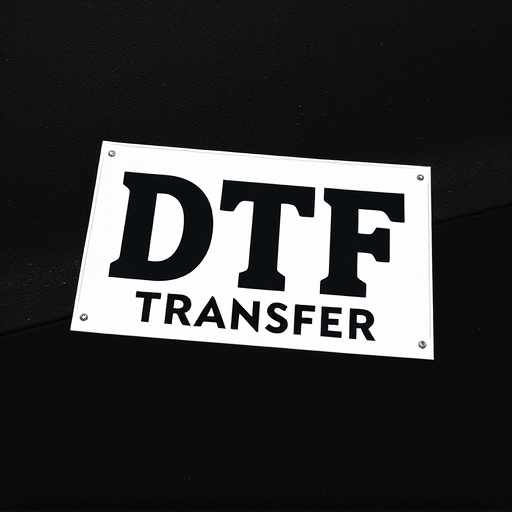
Direct-to-fabric (DTF) printing has disrupted the textile industry by offering vibrant, durable prin…….
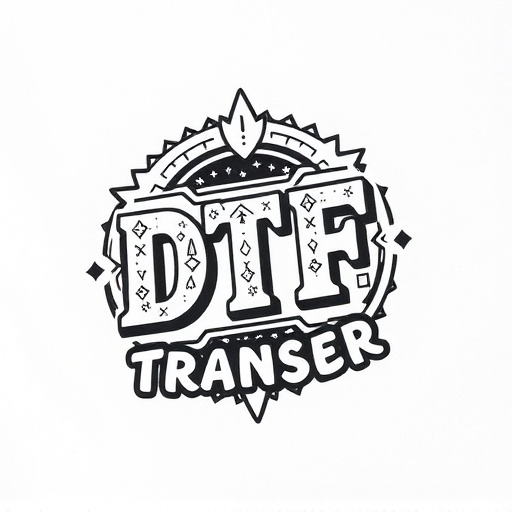
The DTF (Direct Transfer) method is a game-changer in data management, offering seamless, prompt, an…….
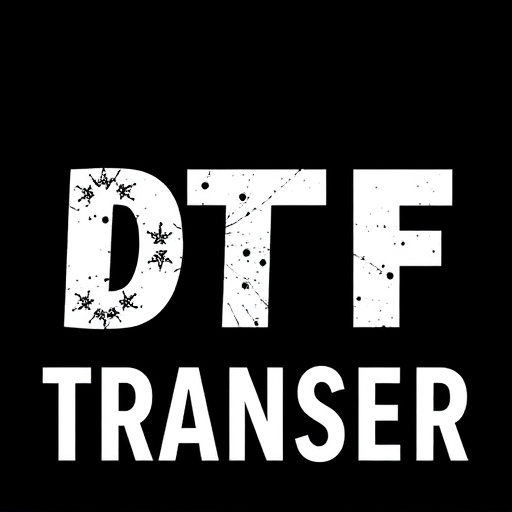
Direct to Fabric (DTF) printing is a cutting-edge technology revolutionizing textile production with…….
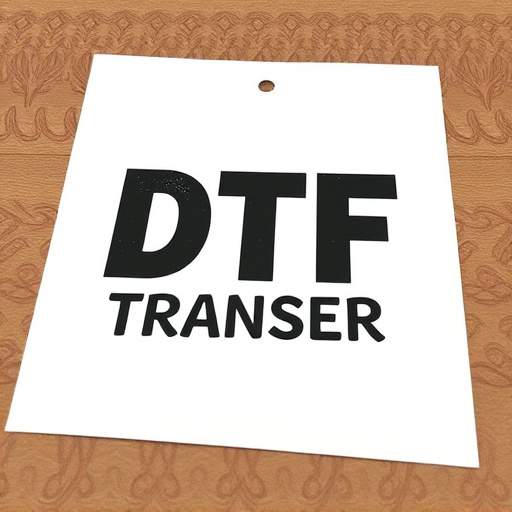
Direct-to-Fabric (DTF) printing has revolutionized textile production by offering high-quality, vibr…….
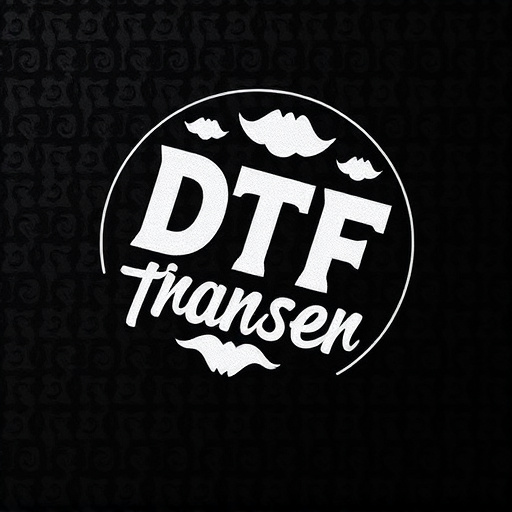
DTF transfer is a groundbreaking method for printing on synthetic fabrics using heat and pressure to…….
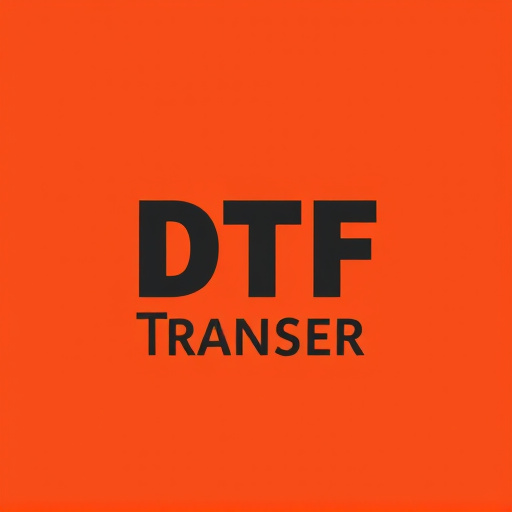
Direct to Fabric (DTF) Transfer and Printing is a game-changing technology for synthetic fabric deco…….